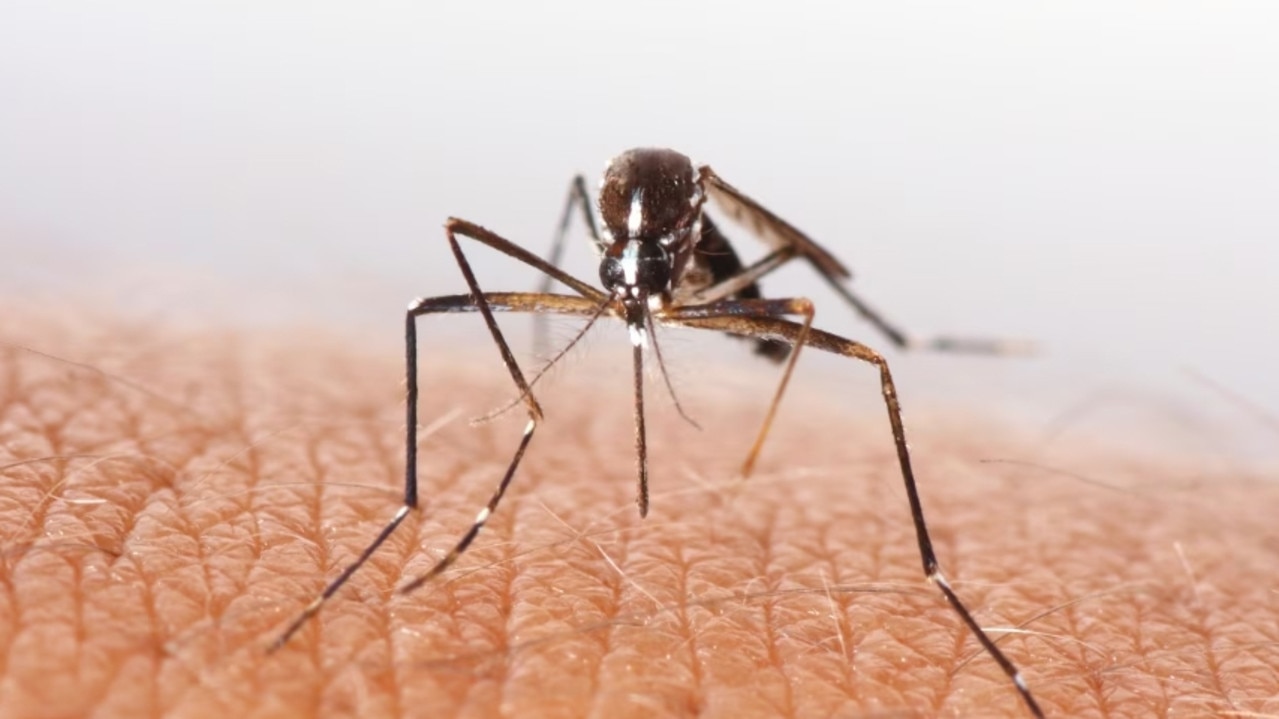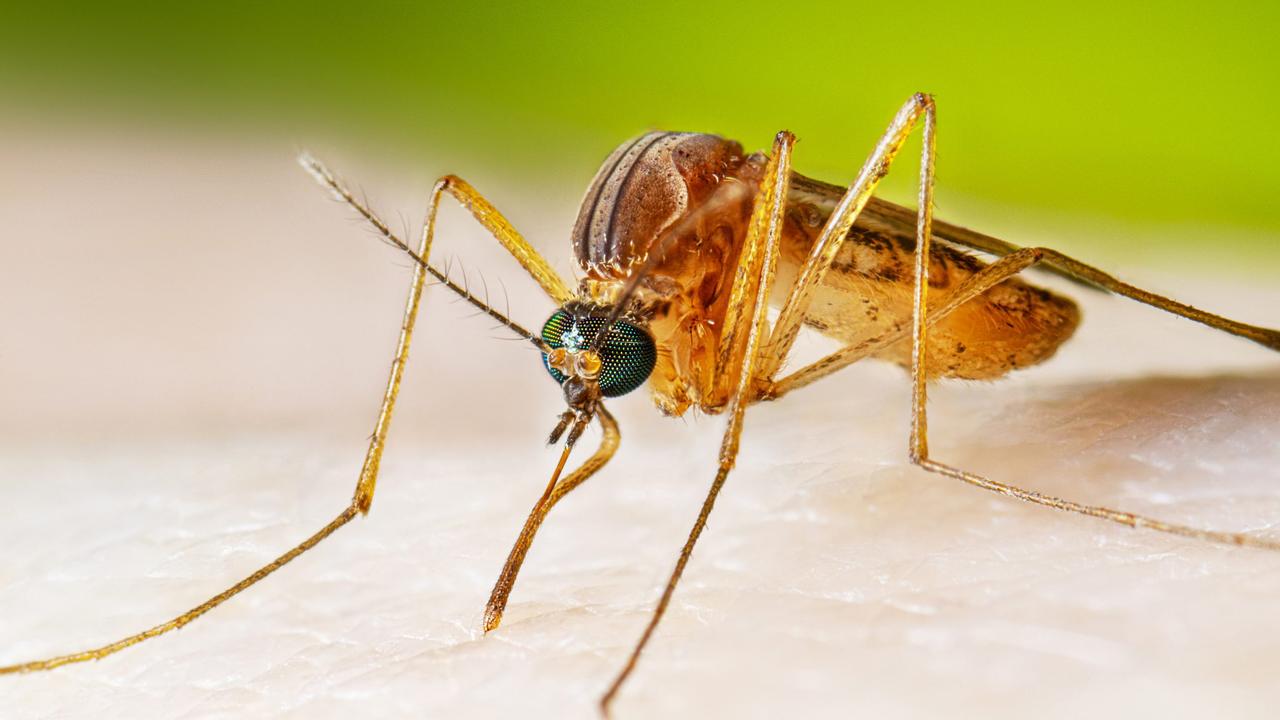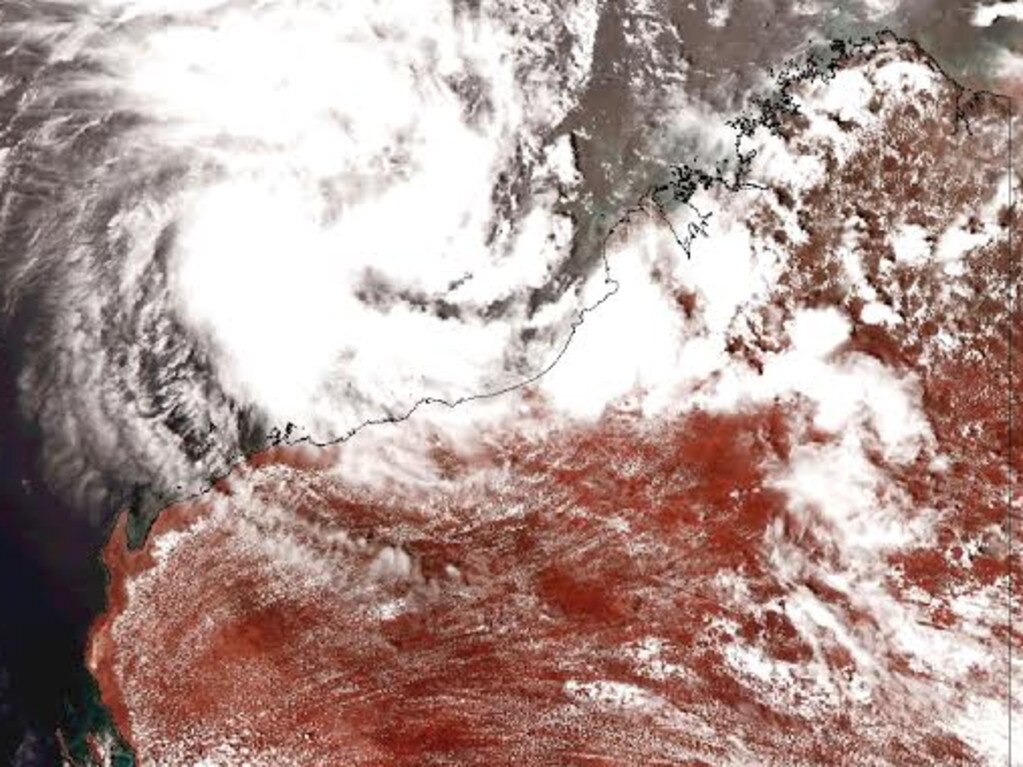Warning as WA’s Pilbara and Gascoyne regions record Murray Valley encephalitis cases
Cases of a potentially deadly mosquito virus have been recorded in Australia.

Three people have been infected with the potentially deadly Murray Valley encephalitis virus in Western Australia.
Many people can have the virus but no show symptoms, however about one-in-1000 become unwell, and in rare instances it can cause a severe brain infection known as encephalitis.
Encephalitis can leave lifelong neurological complications or death, and has no specific treatment other than hospital care.
Murray Valley encephalitis is most common in Australia in northern regions. There is a vaccine for Japanese encephalitis, but not MVE.

This week Western Australia’s Department of Health has issued warnings as a second and third case have been recorded.
Department managing scientist, Andrew Jardine, said this warning came after an earlier case of MVE in the Pilbara region and was a reminder to residents in northern WA to stay alert.
“The Department of Health has well established mosquito-borne disease surveillance methods in Western Australia and there has been detections of virus activity in the Pilbara, Gascoyne and Kimberley regions,” Dr Jardine said.

“Community members in these northern regions of WA should remain alert and aware of the dangers of mosquito-borne disease.”
Children can show different symptoms than adults.
“Young children might only display a fever in the first instance and parents should urgently see their doctor or local health service if their child is experiencing drowsiness, floppiness or general distress,” Dr Jardine said.

Fever, drowsiness, headache, stiff neck, nausea, and dizziness, which may progress to neurological symptoms including confusion, weakness, vision or speech problems or seizures are all symptoms for adults.
The Gascoyne region, where one of these new cases was recorded, includes popular towns Monkey Mia, Shark Bay, Exmouth and Carnarvon.
Anyone in these regions should avoid dawn and early evening when mosquitoes are most active, wear long, loose fitting clothes, use repellent and remove water containers around the home.




